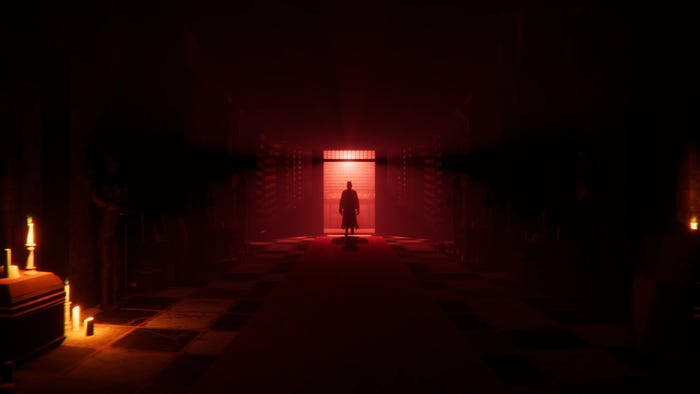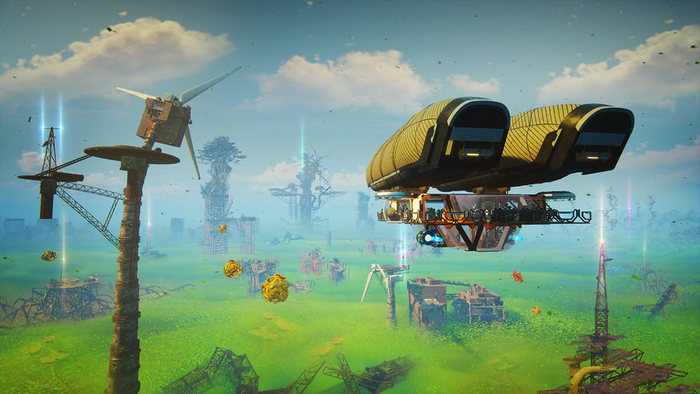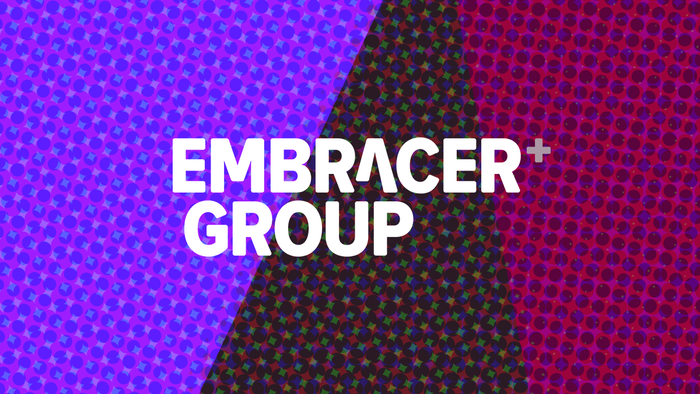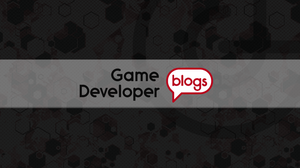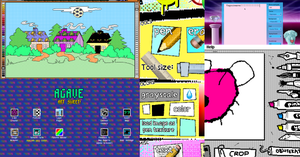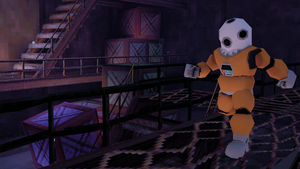In the first in a series of technical articles, designer David Ghozland (Splinter Cell: Conviction, Rainbow 6 Vegas), explores the concept of the 'motivation loop'</a

What is motivated game design and, more importantly, why is it important? In this first in a series of technical articles by designer David Ghozland (Splinter Cell: Conviction, Rainbow 6 Vegas), he explores the concept of the 'motivation loop', drawing examples from titles such as Blizzard's Diablo and id Software's Quake IV. In this excerpt, Ghozland introduces the concept of motivated game design, and explains why it is important for a designer to create an experience that plays to the needs of the player: “The game designer is in the position of “the one who proposes”. The proposal is: "come and play in my world following my rules." It is a negotiation between the game designer and the player, where the game design must convince the player about the legitimacy of the rules and persuade him about the game's interest. The gameplay and the game systems will play the role of immersive catalyst in order to monopolize the whole attention of the player. The persuasion capacity of a game designer is measured by the strength of the game's systems. It is all about universe coherency, about credibility and also accessibility. The player has to “believe” in the game, identify himself with something and quickly get one’s bearings.” He later adds: “The motivation depends on the needs. After the first minutes, the needs of the player immersed in the universe are directly linked to the game. These needs are artificially created by the game design according to the tacit agreement with the player. This silent agreement takes the form of a promise stated by the game design at the time of the presentation of the game’s universe and the game itself. For example, a RPG promises character growth combined with a measure of empowerment. An FPS, on the other hand, promises large weapons and powerful enemies. This is an explicit shortcut to highlight the relationship mechanisms between the game designer and the player and thus of the motivation. In order to obtain more quality and more efficiency, we have to consider from now on the player as a variable of the game systems.” You can now read the complete feature, which includes more technical insight into the concept of designing game worlds that keep the player’s interest by managing his or her motivation (no registration required, please feel free to link to this column from external websites).
About the Author(s)
You May Also Like



